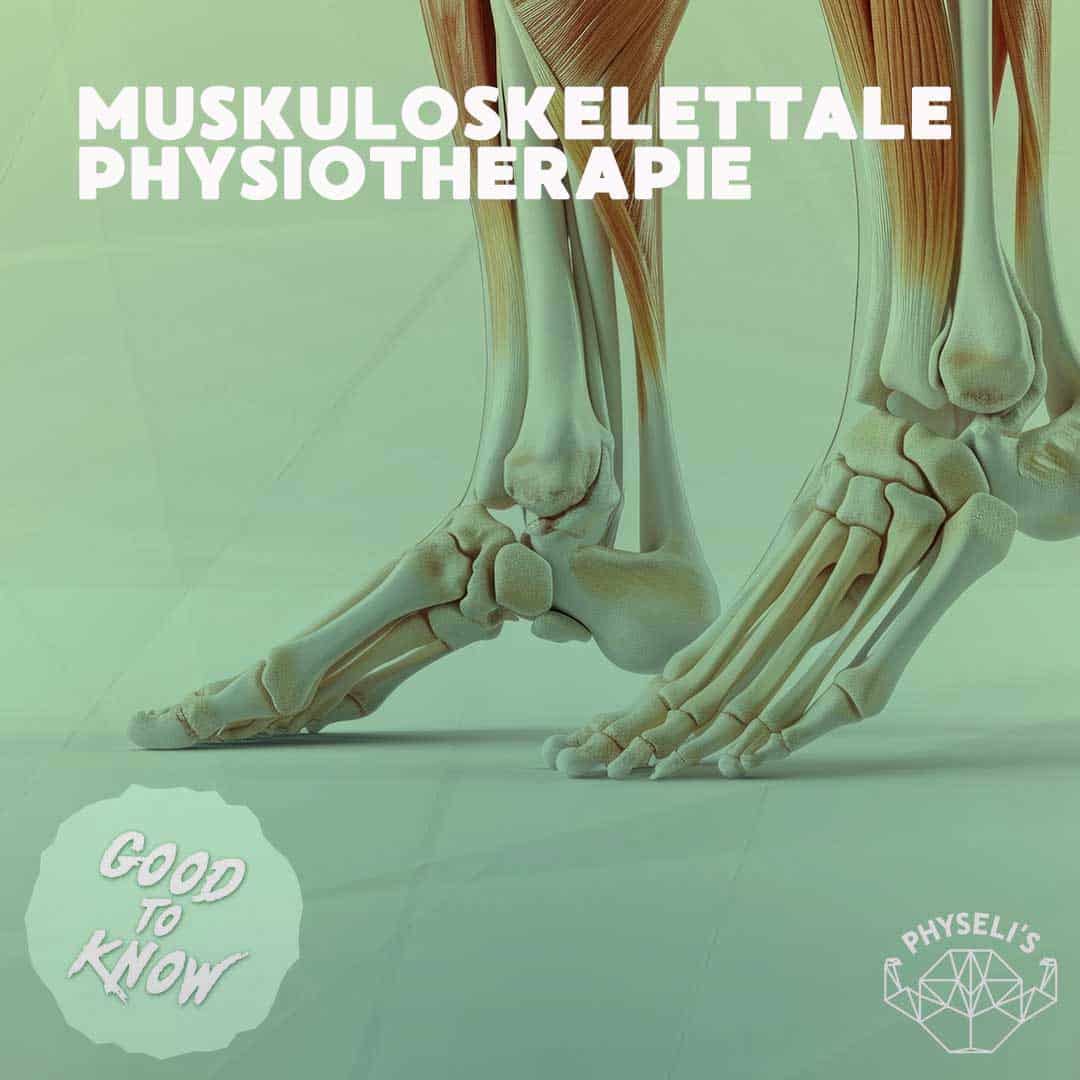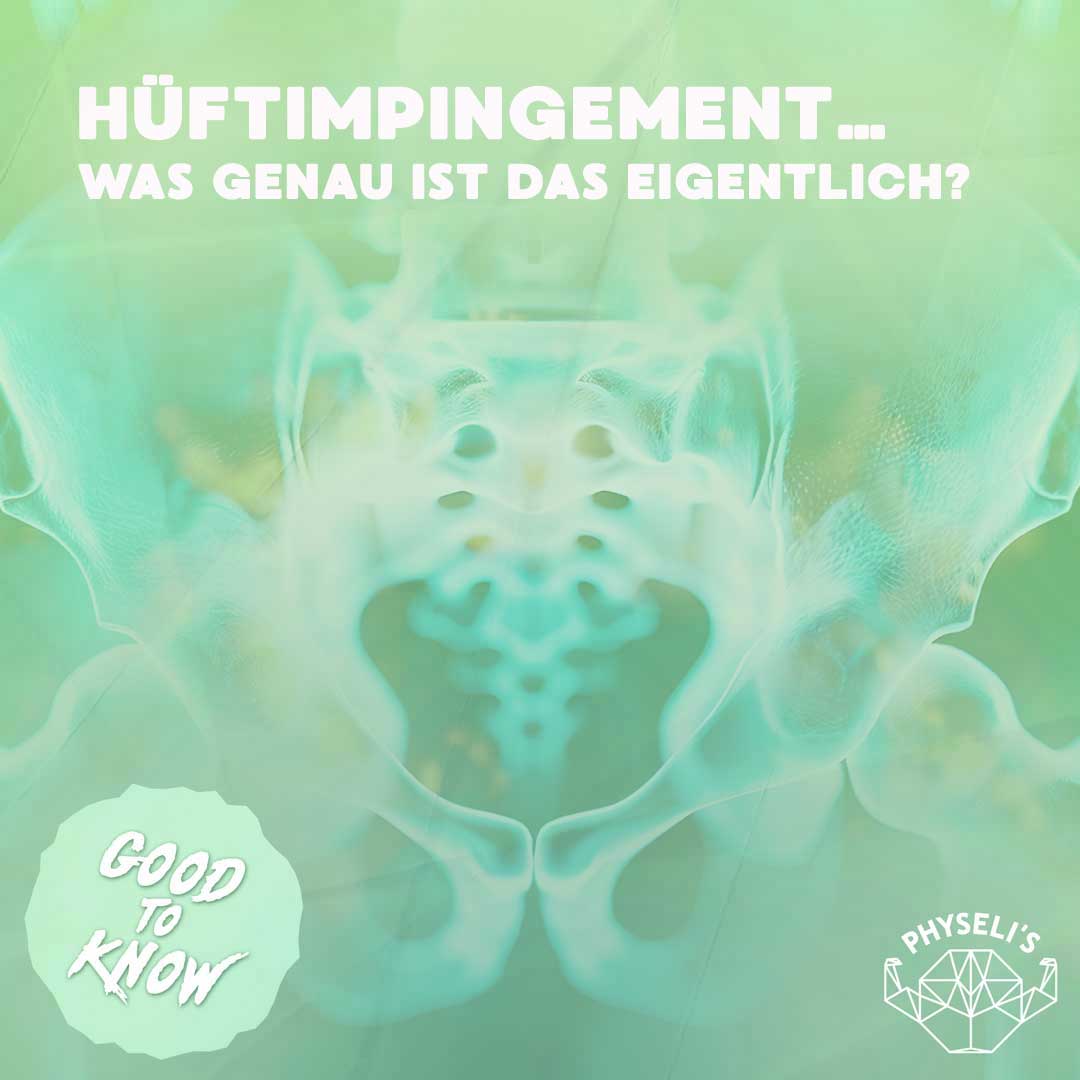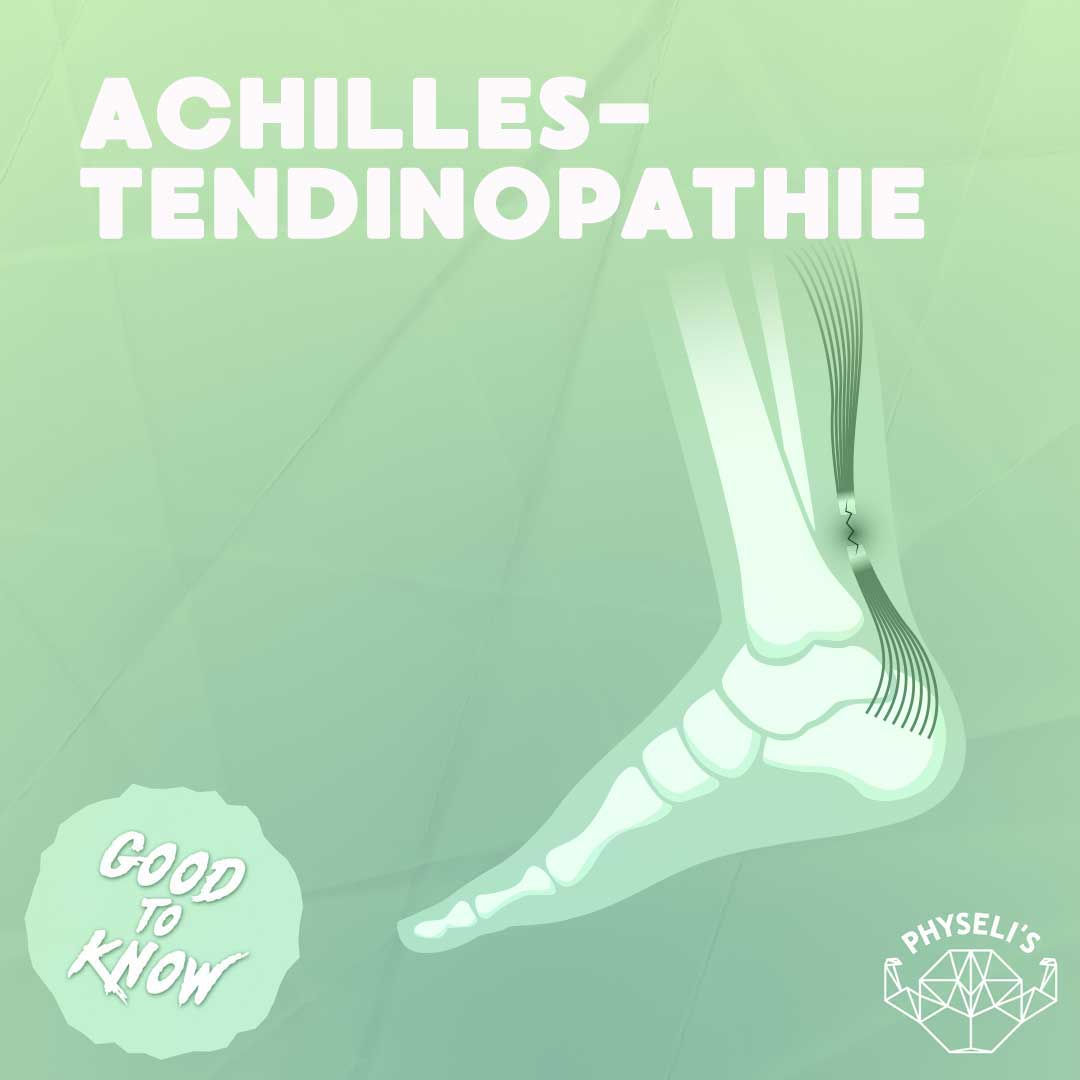An ankle injury, such as supination trauma, is one of the most common sports injuries (Fong et al., 2007). One of the goals of optimal follow-up treatment is to prevent chronic ankle instability (Vuurberg et al., 2018). This can have a considerable impact on quality of life in the long term. In this blog post, we take a look at the key findings of Hertel & Corbett (2019) on this topic and explain why careful aftercare can be crucial.
The development of chronic ankle instability
1. primary tissue injury
Supination trauma leads to overstretching or tearing of the fibers of the outer ligaments, mainly the anterior talofibular ligament. This injury can impair sensory and motor functions and cause additional structural damage, such as swelling and bleeding in the surrounding tissue.
2. pathomechanical impairment
Structural abnormalities can lead to pathological laxity in the upper ankle joint. This means that the risk of further injuries is increased. Increased instability can also occur in adjacent joints (lower ankle joint, tarsal bones) and thus increase the risk of further injuries.
3. sensory and perceptual impairments
Injuries can change your awareness and perception of your own body. This includes reduced somatosensory perception and impaired proprioceptive abilities, which means that the injured foot may have problems processing information, including changes in the ground or the current joint position. This can subsequently lead to delayed reaction times and movement responses.
4. motor impairments
After an injury, there may be deficits and changes in muscle contraction and movement patterns. This leads to delayed movement response and a reduction in muscle strength, affecting not only the foot muscles but also the knees and hips. This also influences the ability to balance and the gait and running pattern.
Individual treatment is crucial
Every person reacts differently to an injury. Personal factors such as age, general health, previous injuries and psychological characteristics play an important role in healing and rehabilitation. In addition, environmental factors such as social expectations and the role in the domestic, family and professional environment can influence rehabilitation. For example, the pressure to return to work quickly can impair recovery.
These individual differences underline the need for individualized treatment. Comprehensive aftercare tailored to the specific needs of the individual can help to achieve the best results and minimize the risk of long-term problems.
Conclusion
Appropriate follow-up treatment after an ankle injury is crucial to avoid the risk of chronic instability and long-term discomfort. Comprehensive rehabilitation that takes both physical and psychosocial aspects into account is likely to achieve the best results.
If you have any questions about an ankle injury or its treatment, please do not hesitate to contact us.
Let’s go, Simon!
Sources:
- Fong DT, Hong Y, Chan LK, Yung PS, Chan KM. A systematic review on ankle injury and ankle sprain in sports. Sports Med. 2007;37(1):73-94. doi: 2165/00007256-200737010-00006. PMID: 17190537
- Hertel, J., & Corbett, R. O. (2019). An Updated Model of Chronic Ankle Instability. J Athl Train, 54(6),572-588. https://doi.org/10.4085/1062-6050-344-18
- Vuurberg, G., Hoorntje, A., Wink, L. M., van der Doelen, B. F. W., van den Bekerom, M. P., Dekker, R., van Dijk, C. N., Krips, R., Loogman, M. C. M., Ridderikhof, M. L., Smithuis, F. F., Stufkens, S. A. S., Verhagen, E. A. L. M., de Bie, R. A., & Kerkhoffs, G. M. M. J. (2018). Diagnosis, treatment and prevention of ankle sprains: update of an evidence-based clinical guideline. British journal of sports medicine, 52(15), 956. https://doi.org/10.1136/bjsports-2017-098106
💚Do you need support with your workout, rehabilitation after injury or just want to feel more comfortable and healthy in your body overall? Check out our offer or book a free online consultation.⠀




